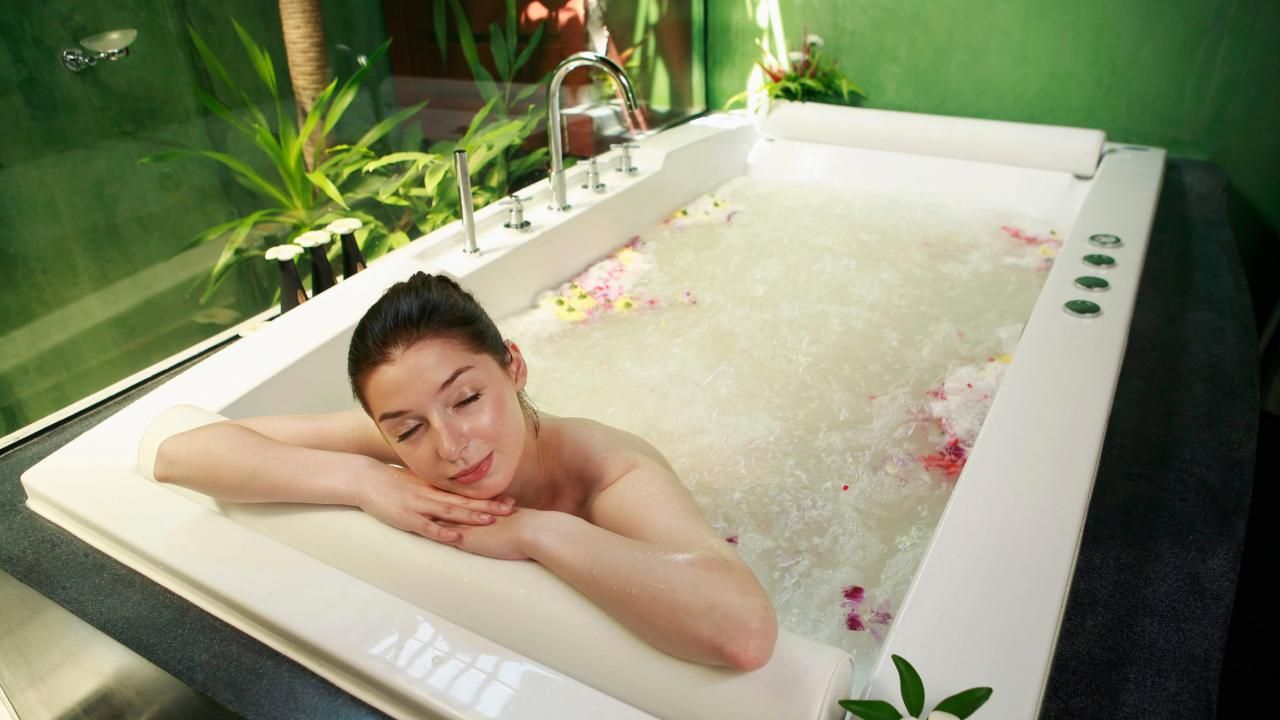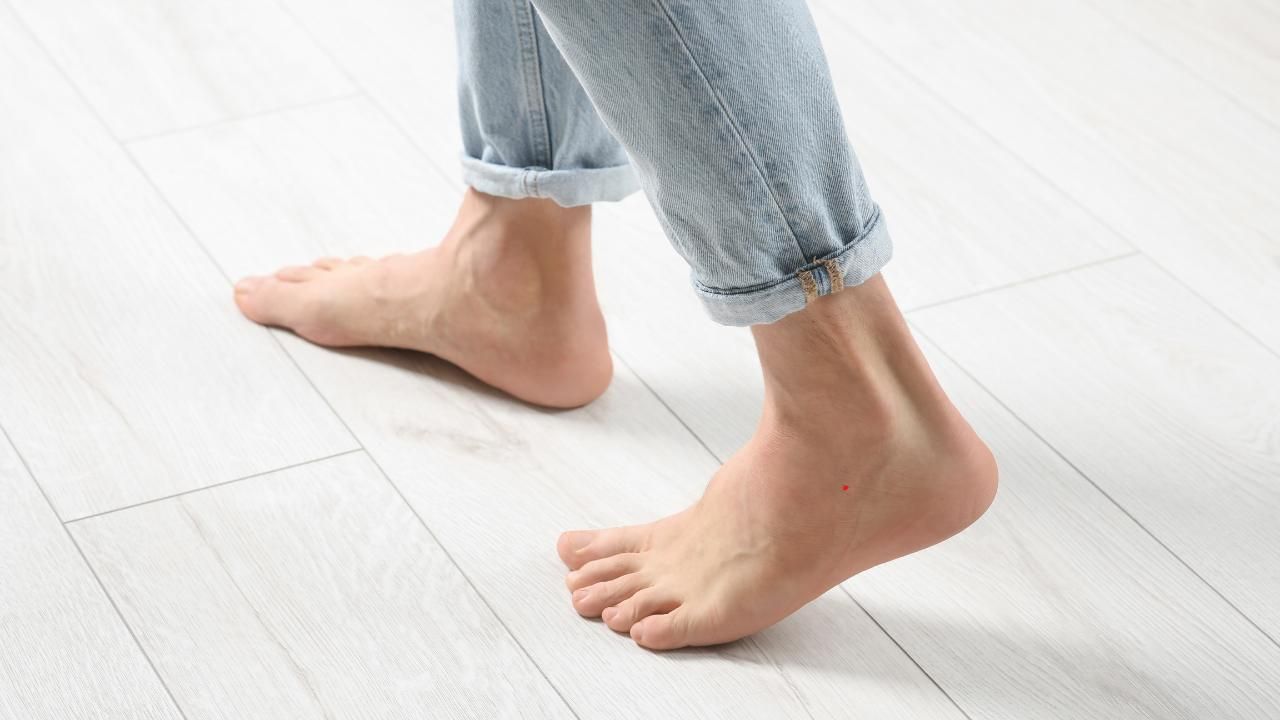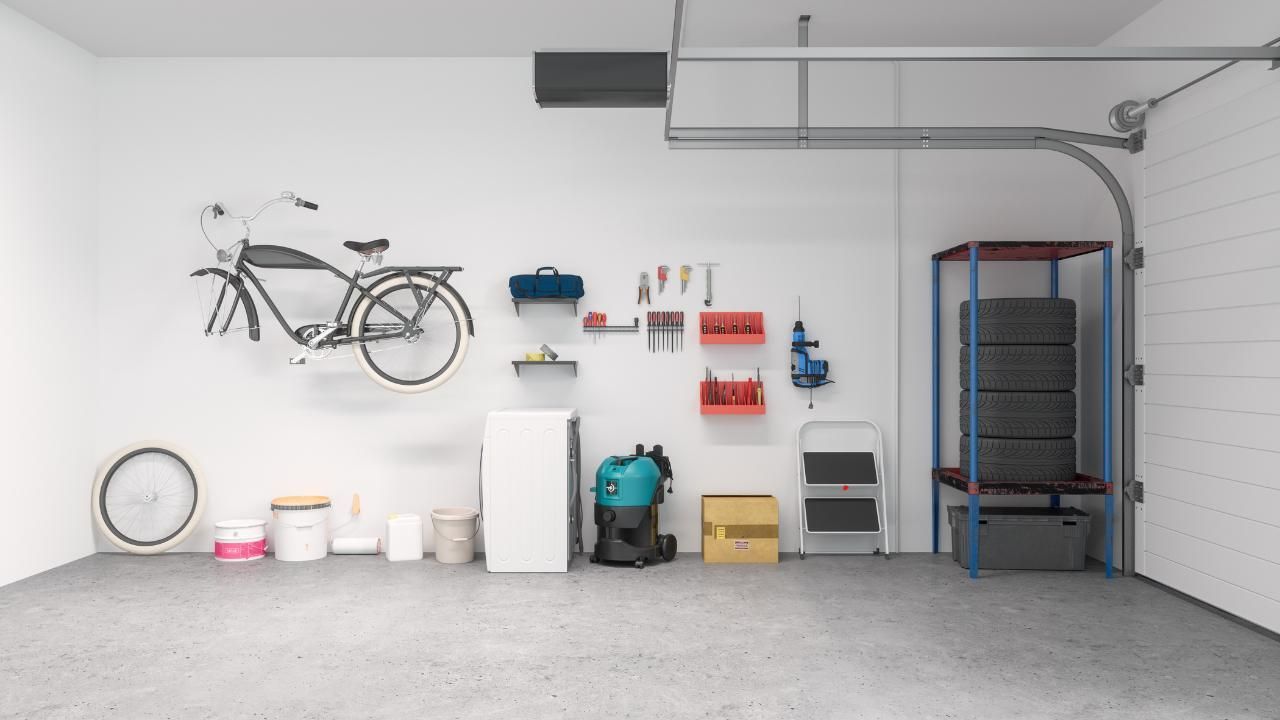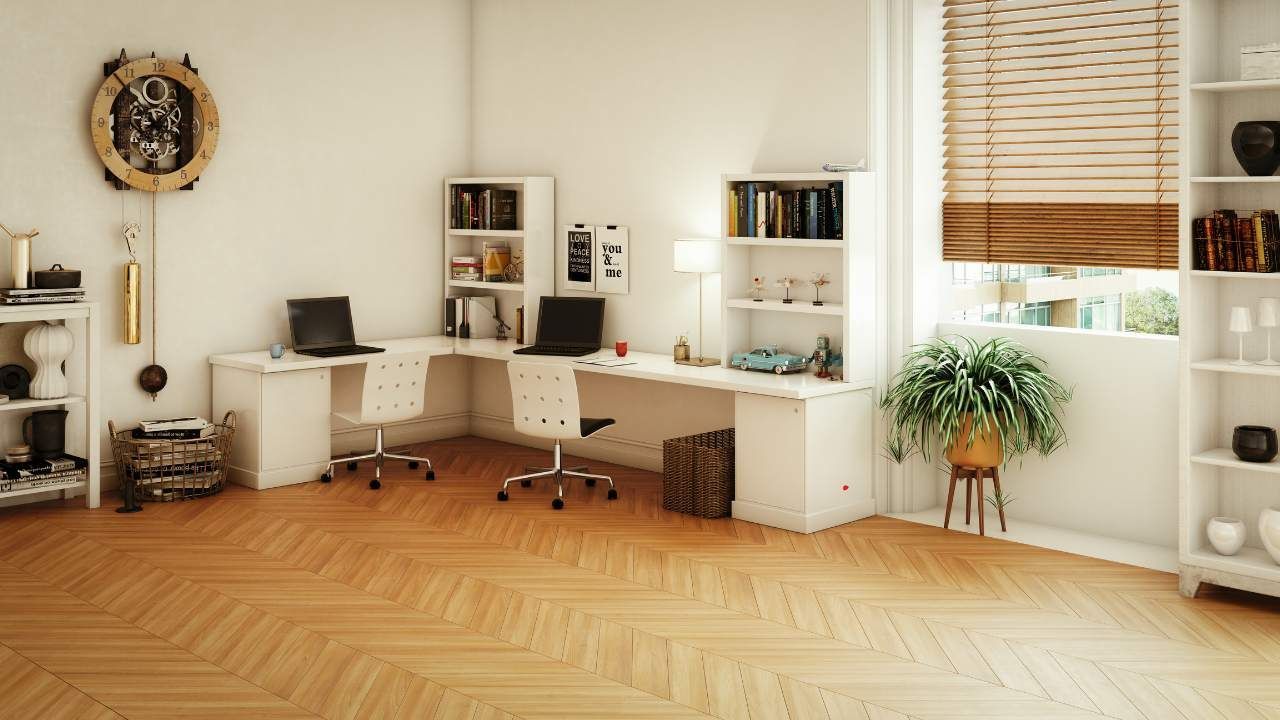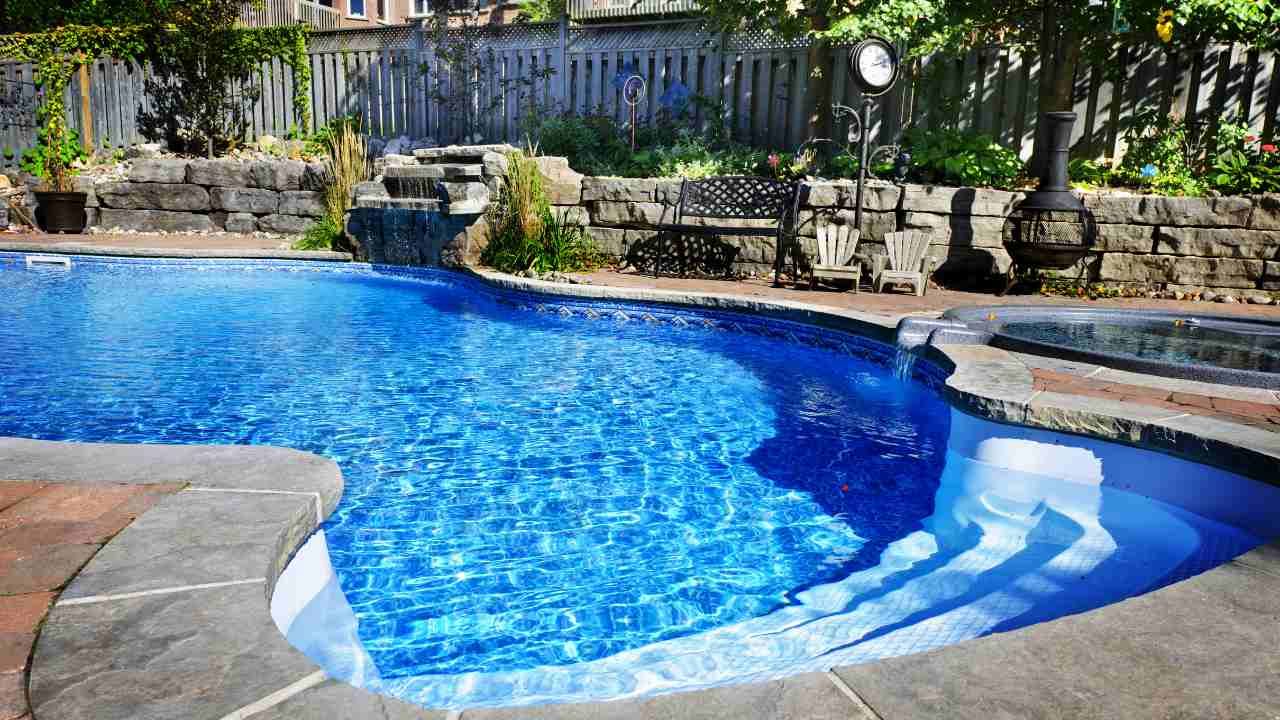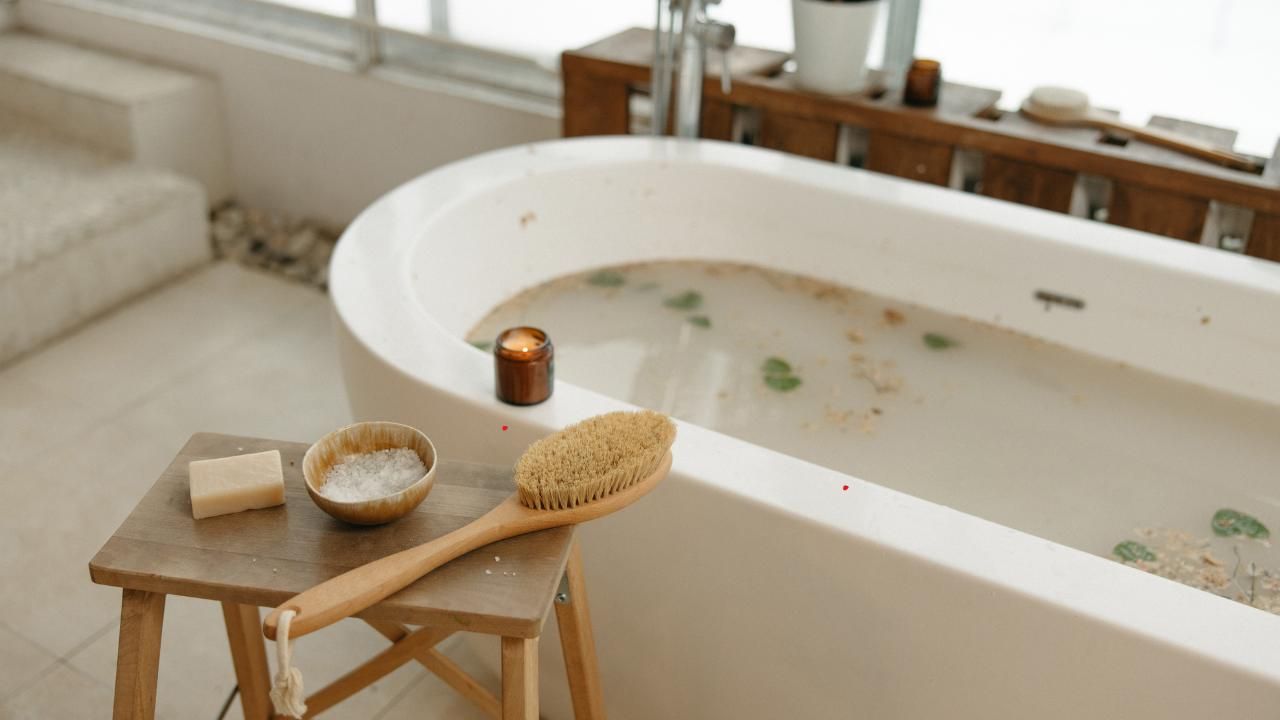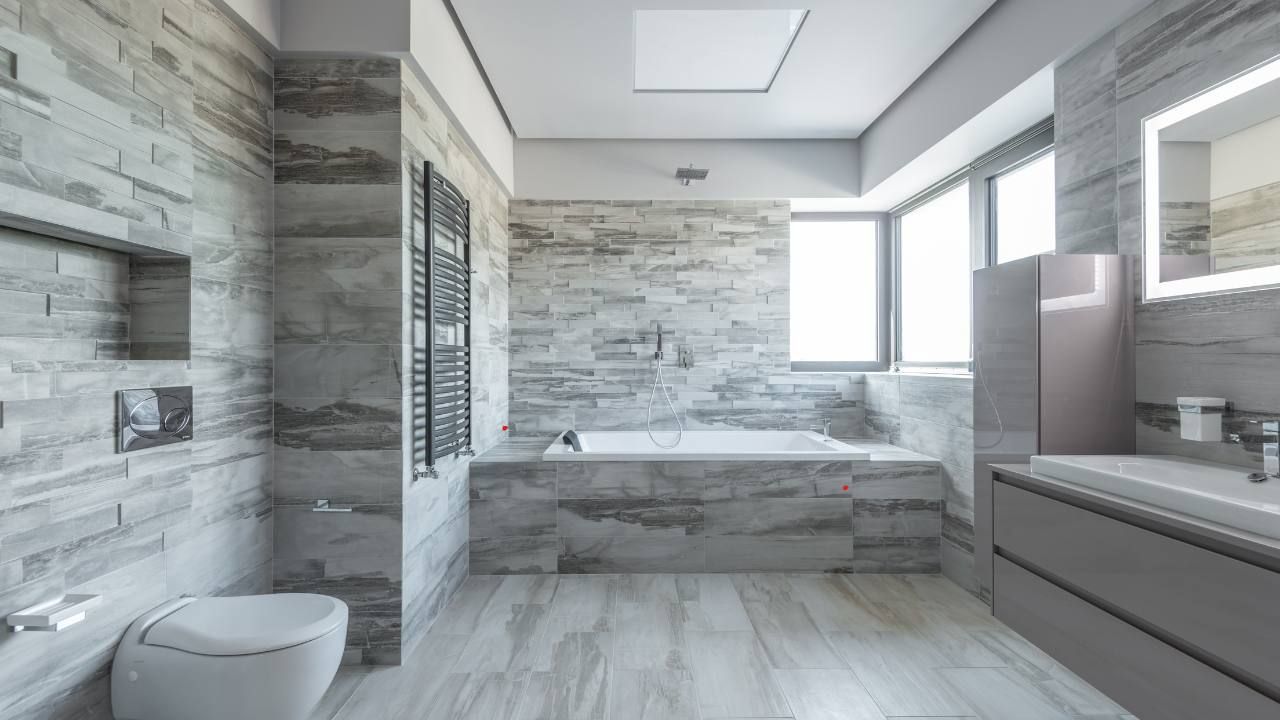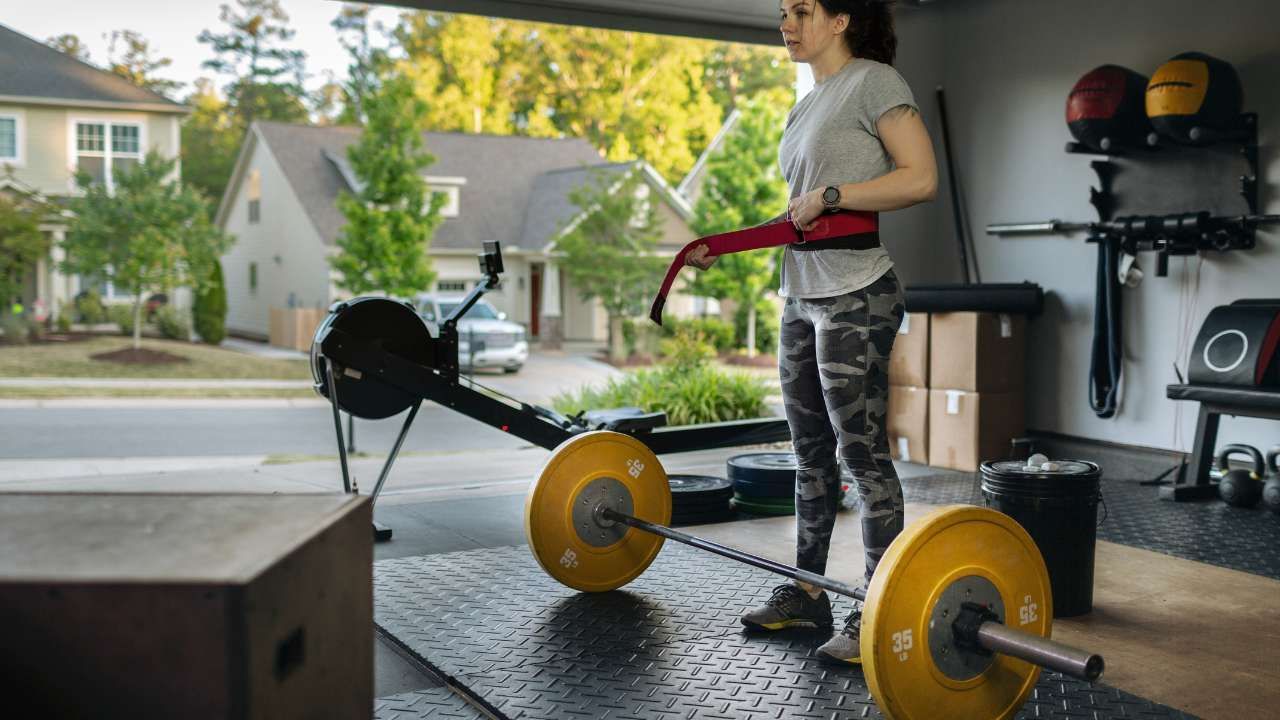Adding a Sunroom? Here’s What You Need to Know

Dreaming of a cozy space flooded with natural light where you can sip coffee, read a book, or enjoy the view of your backyard—without braving the elements? A sunroom might just be the perfect home addition. Whether you’re upgrading your space for comfort or resale value, this project deserves careful planning. And if you're considering a home renovation in Gwinnett County GA, adding a sunroom could be one of the most rewarding decisions you make.
In this post, we’ll break down what to consider before building a sunroom—from purpose and placement to design choices and permits.
Know Your Purpose: What Will the Sunroom Be Used For?
Before anything else, define how you plan to use your sunroom. This will influence every design decision moving forward. Will it be:
- A quiet reading nook or art space?
- A playroom for the kids?
- A home office with lots of daylight?
- A lounging area that transitions into your outdoor space?
Your answer affects everything from insulation and lighting to furniture choices and electrical needs. For instance, if you plan to use it year-round, you’ll need HVAC extensions or energy-efficient windows.
Choose the Right Location and Orientation
Sunrooms thrive on light—but too much of it can make the space uncomfortable. The room’s orientation plays a key role in how enjoyable it is throughout the year.
- South-facing sunrooms get the most sunlight year-round, ideal for colder climates.
- East-facing rooms offer beautiful morning light and are cooler in the afternoon.
- West-facing options get strong late-day sun, which can lead to overheating in the summer.
In Georgia’s climate, east or north-facing sunrooms usually provide a comfortable balance without requiring heavy cooling systems.
Understand the Building Options: 3-Season vs. 4-Season
You’ve got two main types of sunrooms to consider:
- 3-Season Sunroom: Designed for use in spring, summer, and fall. Typically not heated or cooled and not fully insulated.
- 4-Season Sunroom: Built with full insulation, HVAC integration, and double- or triple-pane windows for year-round use.
Naturally, 4-season sunrooms cost more upfront, but they add more functional living space—and appeal—to your home.
Get the Details Right: Materials, Permits, and Professionals
Once you’ve nailed down your sunroom’s use and placement, it’s time to focus on the build itself.
Materials: Aluminum, vinyl, and wood are popular options. Aluminum offers durability and low maintenance. Vinyl is energy-efficient and budget-friendly. Wood offers a warm, natural look but requires more upkeep.
Permits: Don’t skip the paperwork. Most municipalities in Gwinnett County require a building permit for any new addition. Your contractor should handle this, but always double-check.
Hire the Right Team: A sunroom is a major structural project, so choose a contractor experienced in Gwinnett County GA renovation services. Local expertise matters, especially when navigating county-specific regulations and climate considerations. Trimelogic LLC is one such trusted name in the area with a solid track record of crafting beautiful, functional home additions.
Case Study: From Porch to Sunroom in Suwanee
A couple in Suwanee, GA had a screened-in porch that went unused during colder months. They decided to convert it into a 4-season sunroom. Trimelogic LLC worked with them to enclose the space with energy-efficient windows, add proper insulation, and extend the HVAC system. The result? A year-round lounge where they now spend most of their mornings and evenings—without the bugs or the chill.
Final Thoughts
Adding a sunroom can dramatically improve your home’s functionality and resale value. Just remember: it’s not just a room full of windows—it’s an investment in comfort, design, and quality of life.
Ready to let the sunshine in? Contact a trusted room addition pro to help you plan the perfect sunroom today.


